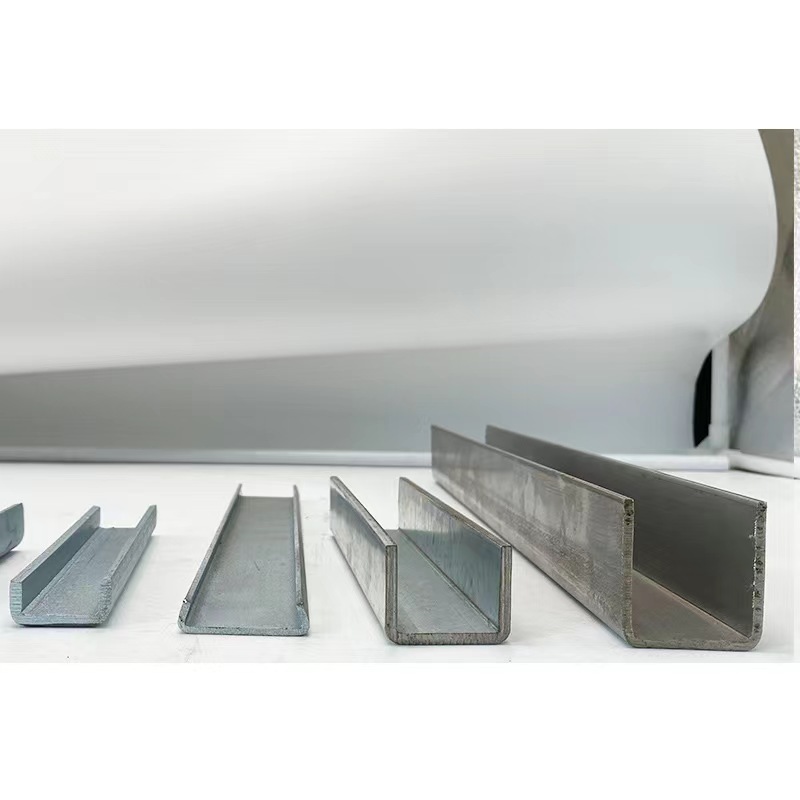How can I determine the most suitable surface treatment for my specific stamping parts?
2024-02-01
Determining the most suitable surface treatment for your specific stamping parts involves considering several factors. Here are some steps you can follow to determine the appropriate surface treatment:

1. Understand the Requirements: Start by clearly defining the requirements and objectives for the surface treatment. Consider factors such as the intended use of the parts, environmental conditions they will be exposed to, desired appearance, and functional requirements like corrosion resistance, wear resistance, or electrical conductivity.
2. Material Compatibility: Consider the material of the stamping parts. Different surface treatments may be more suitable for specific materials. For example, aluminum parts may benefit from anodizing, while stainless steel parts may require passivation or other treatments specific to stainless steel.
3. Consult with Experts: Seek advice from surface treatment specialists or suppliers who have expertise in the specific materials and surface treatments you are considering. They can provide valuable insights into the compatibility, performance, and limitations of various treatments based on your specific requirements.
4. Performance Testing: If necessary, conduct performance testing to evaluate the effectiveness of different surface treatments. This can involve subjecting test samples to simulated conditions such as corrosion tests, wear tests, or exposure to specific chemicals. The results of these tests can help determine which treatment provides the desired performance characteristics.
5. Cost Considerations: Evaluate the cost implications of different surface treatments. Take into account factors such as material costs, labor costs, equipment requirements, and any additional processing steps that may be involved. Consider the overall cost-effectiveness of each treatment option.
6. Regulatory and Environmental Factors: Consider any regulatory or environmental requirements that may impact the choice of surface treatment. Some treatments may have restrictions or specific regulations associated with them. Ensure that your chosen treatment meets any applicable guidelines or standards.
7. Aesthetics and Customer Preferences: If the appearance of the stamping parts is important, consider the aesthetic options provided by different surface treatments. Some treatments offer a wide range of colors, textures, or finishes that can enhance the visual appeal of the parts. Take into account any specific customer preferences or branding requirements.
8. Long-Term Maintenance and Durability: Evaluate the long-term maintenance requirements and durability of different surface treatments. Consider factors such as ease of cleaning, resistance to wear, and the expected lifespan of the treatment. Choose a treatment that will provide the desired level of durability and minimize the need for frequent reapplication or maintenance.
By following these steps and considering the specific requirements and factors relevant to your stamping parts, you can make an informed decision about the most suitable surface treatment. Remember to consult with experts and surface treatment specialists to ensure that you choose the treatment that best meets your needs.





